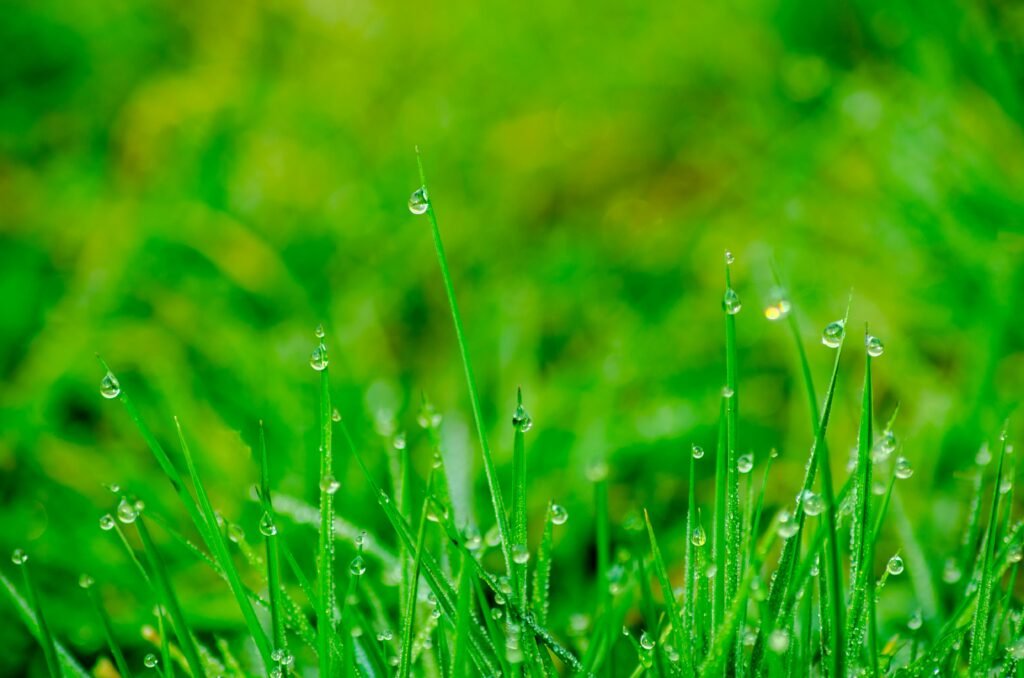Understanding Rainwater for Hydroponics
Rainwater is often regarded as one of the purest natural water sources, free from the chemicals and contaminants typically found in tap water. For hydroponic systems, where water quality directly impacts plant health, the use of rainwater can be advantageous. However, its suitability depends on how it’s collected, stored, and treated. Understanding the characteristics of rainwater and its potential benefits can help hydroponic gardeners make informed decisions.
Benefits of Using Rainwater in Hydroponic Systems
Purity and Natural Composition
Rainwater, unlike tap water, is free from chlorine, chloramine, and other chemical additives commonly used in municipal water supplies. These chemicals can sometimes interfere with the delicate balance of nutrients in hydroponic systems, leading to issues like nutrient lockout. By using rainwater, growers can avoid these challenges and provide a more natural environment for plant roots to absorb essential nutrients.
Cost-Effectiveness
One of the most significant advantages of using rainwater for hydroponics is the cost savings. Collecting rainwater is free, and for growers with large-scale operations, this can lead to substantial reductions in water bills. Additionally, rainwater collection systems can be designed to store large volumes of water, ensuring a steady supply even during dry periods.
Environmental Sustainability
Utilizing rainwater aligns with sustainable agricultural practices by reducing reliance on municipal water supplies. In regions facing water scarcity or drought conditions, tapping into rainwater reserves can help conserve precious freshwater resources. Moreover, using rainwater reduces the carbon footprint associated with the treatment and transportation of tap water.
Challenges and Considerations
Contamination Risks
While rainwater is generally clean, it can become contaminated during collection and storage. Dust, pollen, bird droppings, and debris can accumulate on rooftops or in gutters, leading to impurities in the water. If these contaminants are not filtered out, they can introduce harmful bacteria, fungi, or unwanted minerals into the hydroponic system, potentially harming plant growth.
pH Fluctuations
Rainwater is naturally acidic, with a typical pH ranging from 5.0 to 6.0. In hydroponics, maintaining a stable pH is crucial for nutrient uptake. Using rainwater without adjusting its pH can lead to nutrient imbalances, as certain nutrients become less available to plants in acidic conditions. Regular monitoring and pH adjustment are necessary when using rainwater in hydroponic systems.
Inconsistent Mineral Content
Unlike tap water, which often contains trace minerals that can benefit plants, rainwater is relatively pure and lacks these nutrients. While this can be beneficial in preventing mineral buildup, it also means that growers need to ensure their nutrient solutions are well-balanced to compensate for the absence of these trace elements.
Best Practices for Using Rainwater in Hydroponics
Proper Collection Methods
To minimize contamination, rainwater should be collected using a clean, well-maintained system. Roofing materials should be non-toxic, and gutters should be regularly cleaned to prevent debris buildup. Installing a first-flush diverter can help direct the initial flow of rainwater, which may contain the most contaminants, away from the collection system.
Filtration and Treatment
Filtering rainwater before use in hydroponics is essential to remove any potential contaminants. A combination of sediment filters, activated carbon filters, and UV sterilization can effectively purify rainwater, making it safe for use. Additionally, regularly testing the water for pH, EC (electrical conductivity), and microbial presence ensures that it meets the necessary standards for plant growth.
pH Adjustment
Given that rainwater is naturally acidic, adjusting its pH before introducing it into a hydroponic system is crucial. pH adjustment can be done using pH up (alkaline) solutions, commonly available in hydroponic supply stores. Maintaining a pH level between 5.5 and 6.5 is ideal for most hydroponic systems, ensuring that nutrients remain accessible to plants.
Regular Monitoring
Using rainwater in hydroponics requires vigilance. Regularly monitoring the pH, nutrient levels, and overall water quality is essential to ensure optimal plant health. Investing in reliable pH and EC meters can help growers track these parameters accurately, allowing for timely adjustments.
Is Rainwater OK for Hydroponics?
So, is rainwater OK for hydroponics? The answer is yes, but with certain precautions. Rainwater, with its natural purity and cost-effectiveness, can be an excellent choice for hydroponic systems. However, it requires careful collection, filtration, and treatment to avoid introducing contaminants. Additionally, pH adjustments and regular monitoring are necessary to maintain the ideal conditions for plant growth.
Using rainwater in hydroponics is not only a sustainable practice but also an economical one. For those willing to invest in the proper infrastructure and monitoring tools, rainwater can provide an excellent alternative to tap water, enhancing both the health of plants and the sustainability of the growing operation.
FAQs
Can I use untreated rainwater in hydroponics?
Untreated rainwater may contain contaminants that can harm plants. It’s essential to filter and treat rainwater before using it in a hydroponic system to ensure it’s safe and suitable for plant growth.
What are the benefits of using rainwater in hydroponics?
Rainwater is free from chlorine and other chemicals found in tap water, making it more suitable for hydroponics. It’s also cost-effective and environmentally friendly, reducing the reliance on municipal water supplies.
How do I adjust the pH of rainwater for hydroponics?
To adjust the pH of rainwater, use pH up or pH down solutions available at hydroponic supply stores. Regular monitoring of the pH is essential to maintain the ideal range for nutrient uptake.
Is rainwater better than tap water for hydroponics?
Rainwater can be better than tap water if properly collected and treated. It lacks the chemicals found in tap water that can interfere with nutrient absorption, making it a more natural option for hydroponic systems.
How should I store rainwater for hydroponics?
Rainwater should be stored in a clean, covered tank to prevent contamination. Regular cleaning of the storage system and using appropriate filters can help maintain water quality.
Can pH fluctuations in rainwater affect my hydroponic plants?
Yes, pH fluctuations can affect nutrient availability in hydroponic systems. It’s crucial to regularly monitor and adjust the pH of rainwater to ensure it remains within the optimal range for plant growth.
Conclusion
Rainwater is a viable option for hydroponics when used correctly. Its natural purity and cost-effectiveness make it an attractive choice, but it comes with challenges that require attention to detail. By employing proper collection, filtration, and pH adjustment techniques, hydroponic gardeners can harness the benefits of rainwater while avoiding potential pitfalls. Ultimately, integrating rainwater into your hydroponic system can contribute to a more sustainable and efficient growing process, aligning with the principles of modern, eco-conscious agriculture.








